To control lumbar spine degeneration well, in addition to paying attention to diet, patients also need to exercise regularly with an appropriate regimen.
Lumbar spondylosis is a condition of pain in the lower back, buttocks, groin and back of the thighs. If not well controlled, the disease will affect the calves, lower legs and feet. Many people believe that when suffering from degenerative spine diseases, patients should limit movement and avoid exercise to reduce pain. However, this is a misconception.
Dr. Do Thi Hong Anh, Department of Rehabilitation, Tam Anh General Hospital, Ho Chi Minh City, said that lack of exercise will cause muscles to gradually stiffen, leading to muscle atrophy. This makes damage to the spine increasingly severe, greatly affecting the ability to perform daily activities.
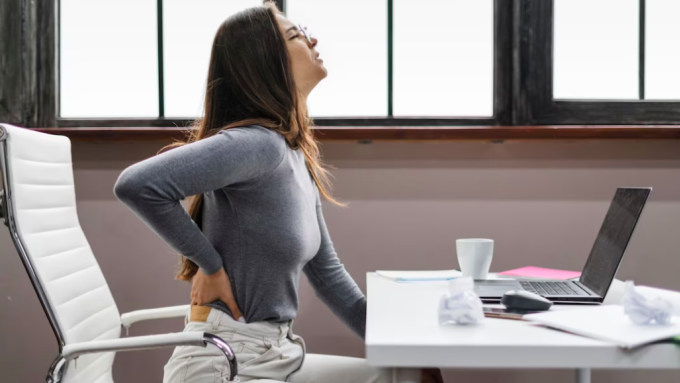
Lumbar spine degeneration causes a lot of pain and affects the patient's range of motion. Photo: Freepik
When suffering from degenerative diseases of the lumbar spine, the bearing capacity of the spine is greatly reduced, so the patient is very susceptible to injury if subjected to force. Therefore, to ensure safety, the patient should choose gentle exercises that do not apply too much force to the spine. Some exercises suitable for people with degenerative diseases of the lumbar spine include:
Back stretch
Start by lying on your back with both legs straight on the floor. Then bend one leg up, hug the knee with both hands and pull it close to your chest, take a deep breath. Then straighten the leg back to the original position and gently exhale. Do the same with the other leg.
Raise knees to chest level
The patient lies on his back, knees bent, soles of feet on the floor. Then hug both knees and pull them up to chest level, keeping the back pressed against the floor, hold this position for about 5 seconds. Relax and return to the starting position, repeat this movement 10 times.
Hamstring stretch
Begin the exercise by sitting on the floor with your legs straight out in front of you, toes pointing toward the ceiling. Gently lean forward, reaching your toes and feeling a stretch in the back of your legs. Hold for 30 seconds, then return to the starting position. Repeat this movement 3 times.
Locust Pose
Start the exercise by lying on the floor, face to the left or right, 2 arms placed along the body, palms facing the floor and 2 legs closed, breathing evenly. Keep the left leg still and raise the right leg up. Hold this position for about 5 seconds, then lower the leg. Breathe evenly and rest for 5 seconds. Then do the same with the other leg.
Keep Balance
The patient gets on both hands and knees, with the tops of both feet pressed against the floor. Keep the head, back and spine in a straight line. Then put the right hand forward, stretch the left leg back and inhale deeply. Lower the arms and legs, return to the starting position and exhale gently. Do the same with the other side.
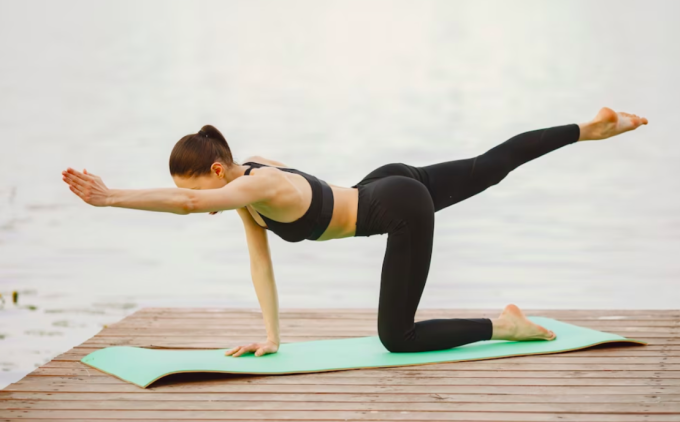
Balance exercises help increase flexibility and control of the patient's body. Photo: Freepik
Dr. Hong Anh shared that regular exercise will help the skeletal system become more flexible, supple and stronger. In addition, these exercises also help stretch the spine, effectively reducing bone and joint pain. Patients will feel more alert and refreshed.
However, for the exercises to be effective, patients should consult a doctor before doing them. During the exercise, it is important to warm up properly, not overdo it, and rest when feeling tired. Patients also need to have regular health check-ups or as soon as unusual symptoms appear, or the pain becomes more severe...
Phi Hong
Source link






![[Photo] Looking back at the impressive moments of the Vietnamese rescue team in Myanmar](https://vstatic.vietnam.vn/vietnam/resource/IMAGE/2025/4/11/5623ca902a934e19b604c718265249d0)
![[Photo] "Beauties" participate in the parade rehearsal at Bien Hoa airport](https://vstatic.vietnam.vn/vietnam/resource/IMAGE/2025/4/11/155502af3384431e918de0e2e585d13a)
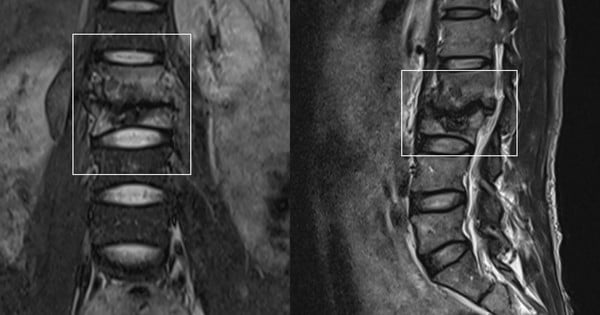




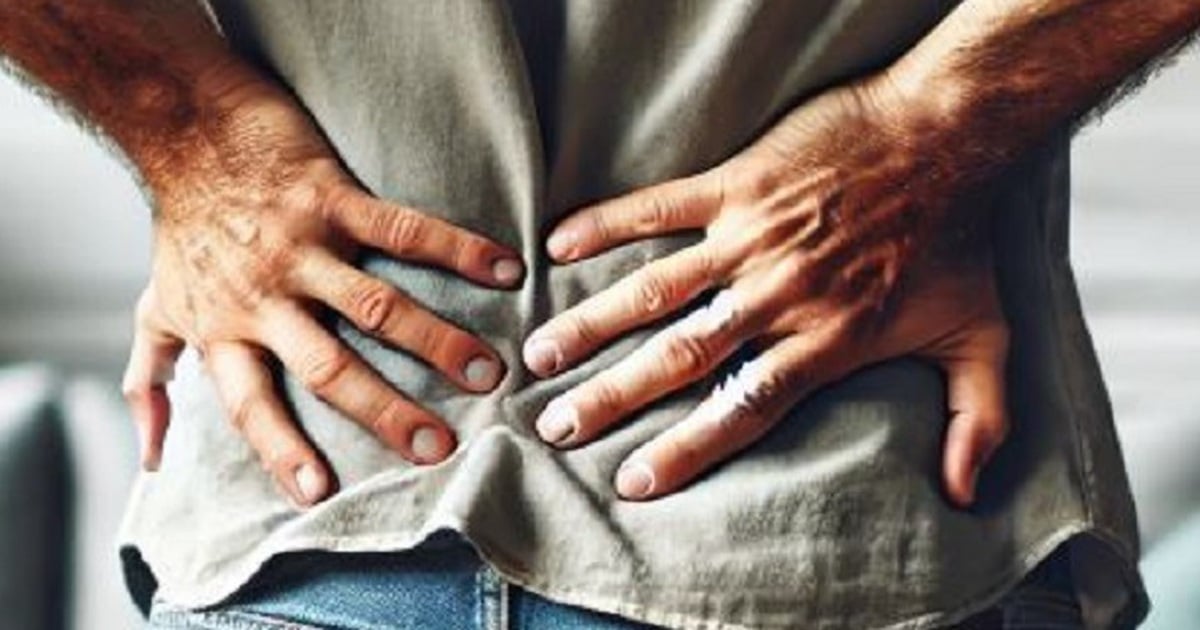


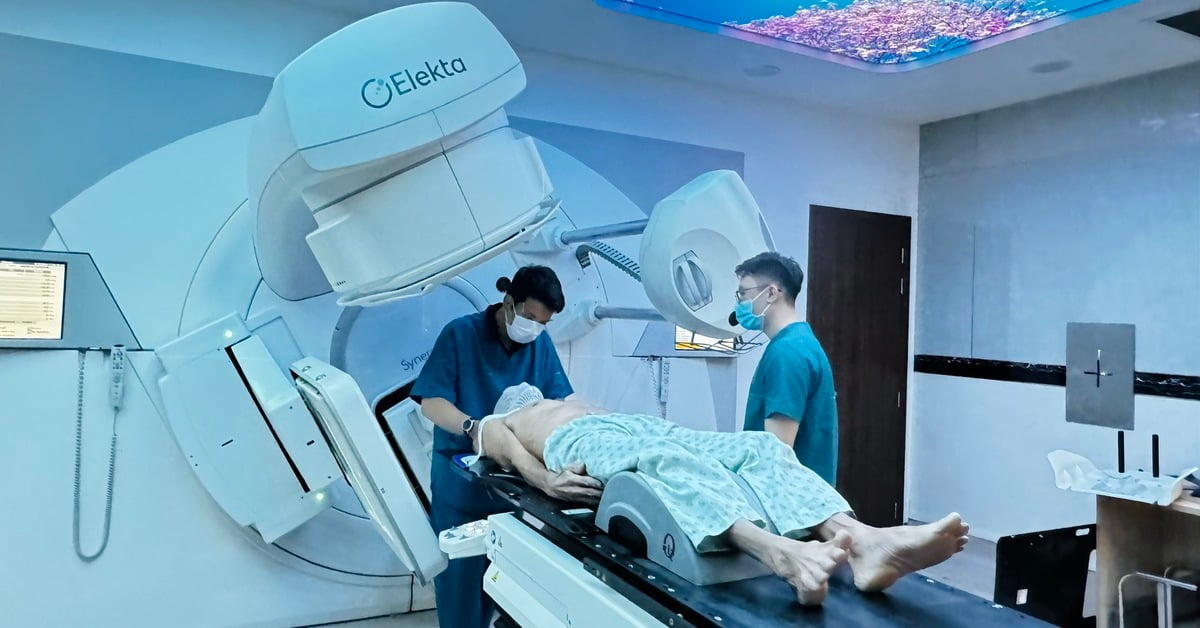


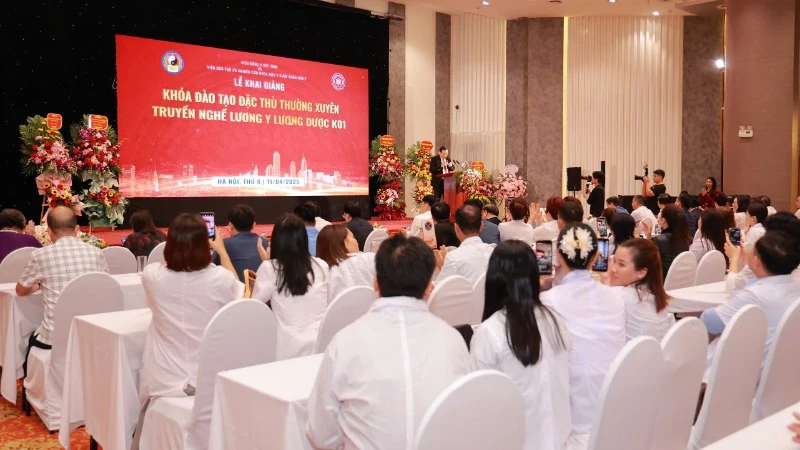

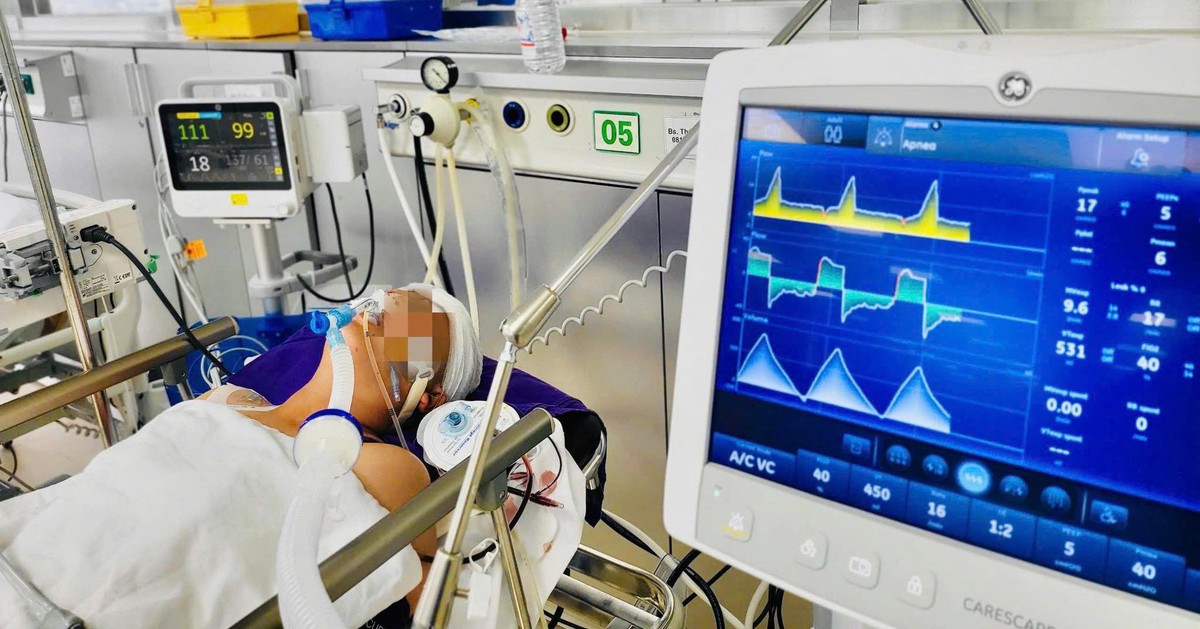









![[Photo] Summary of parade practice in preparation for the April 30th celebration](https://vstatic.vietnam.vn/vietnam/resource/IMAGE/2025/4/11/78cfee0f2cc045b387ff1a4362b5950f)















































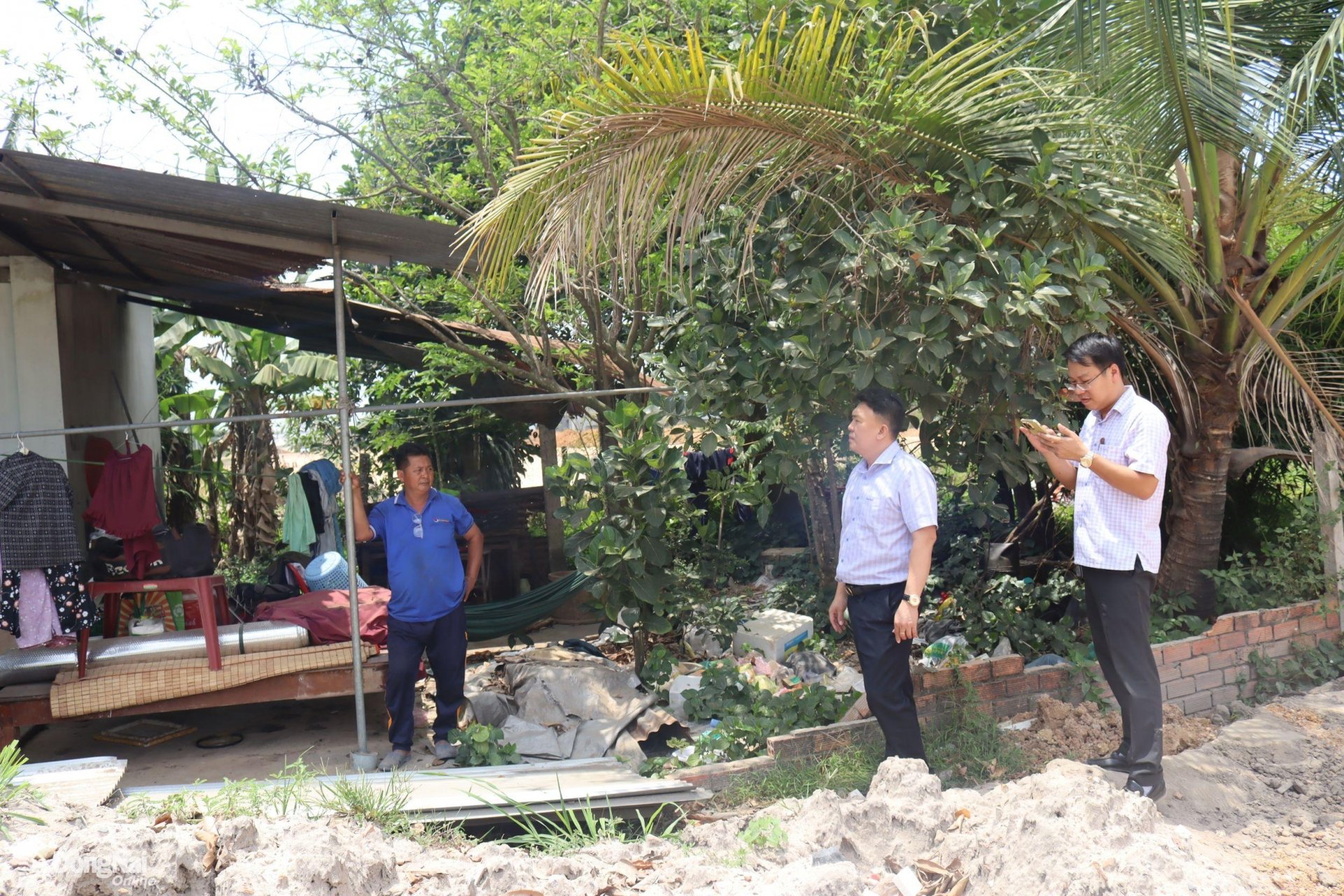

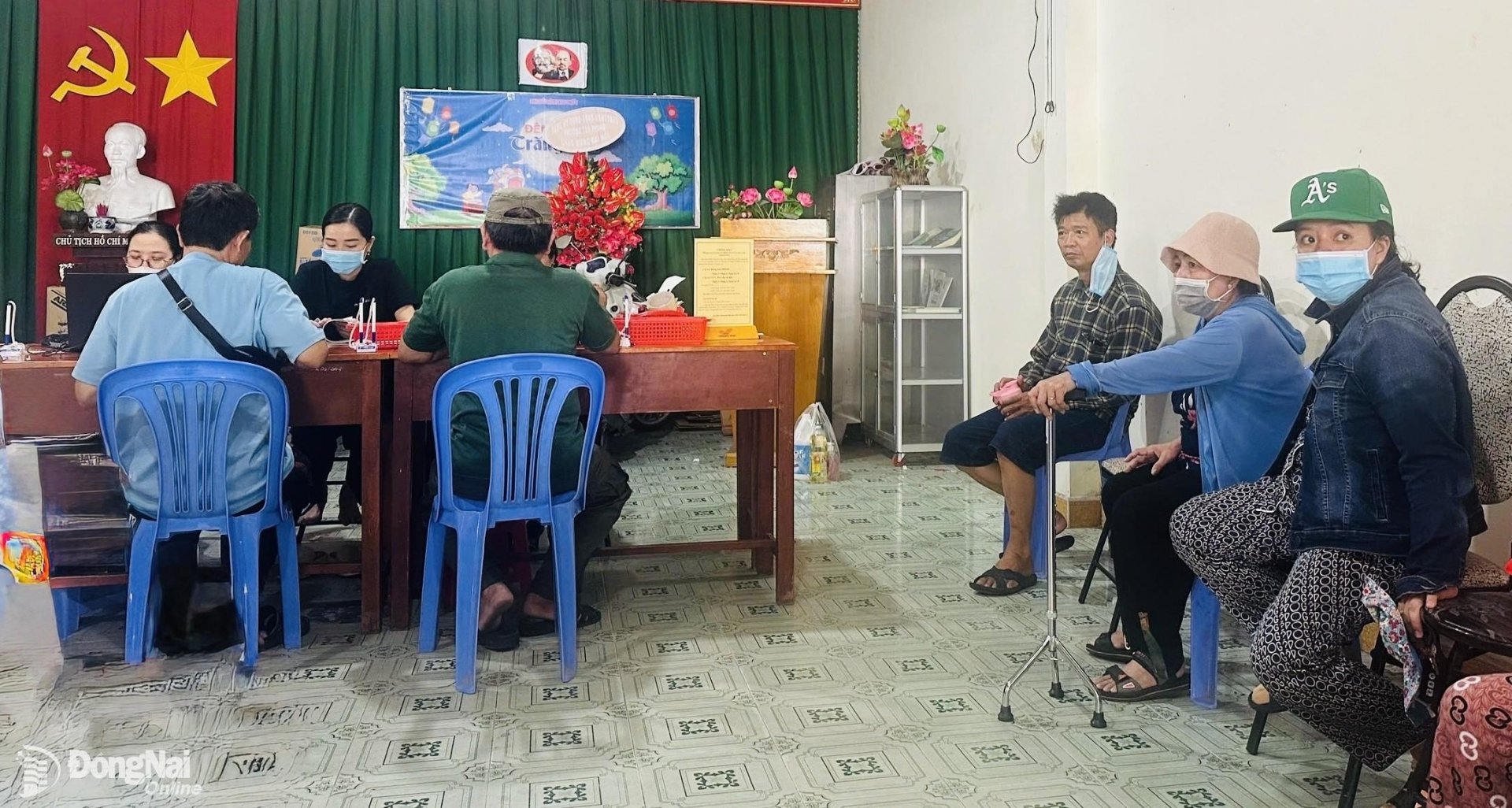
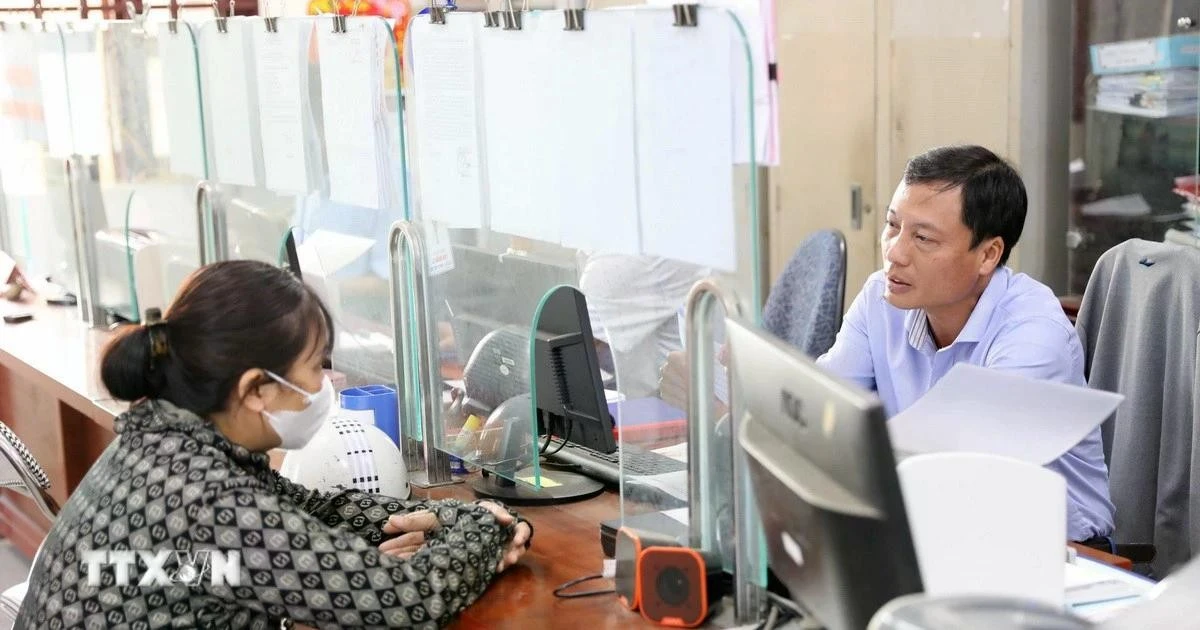












Comment (0)